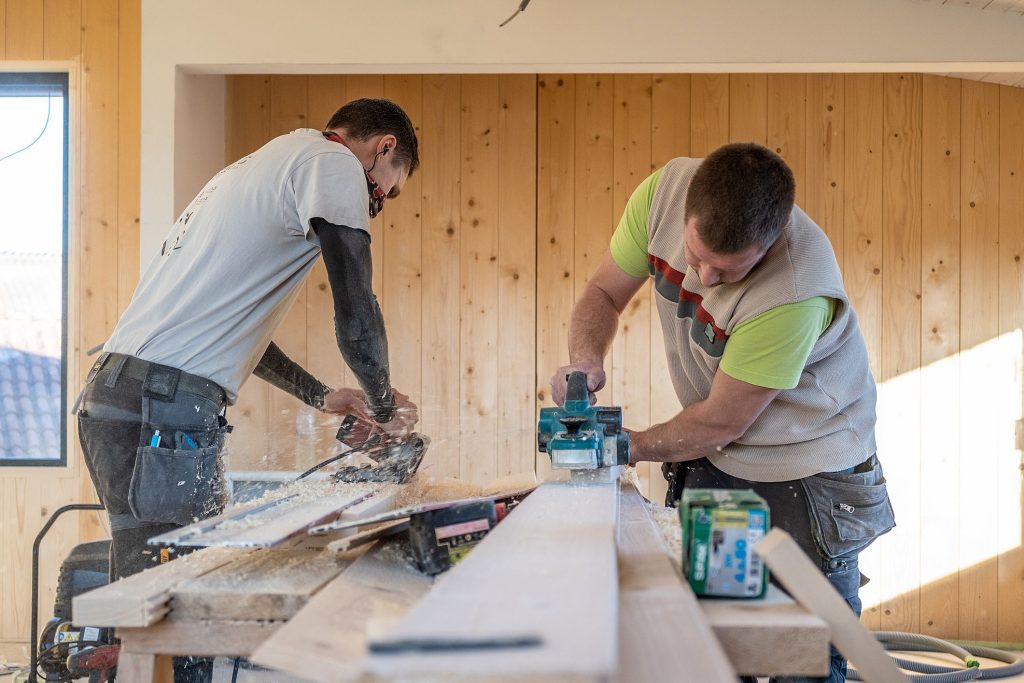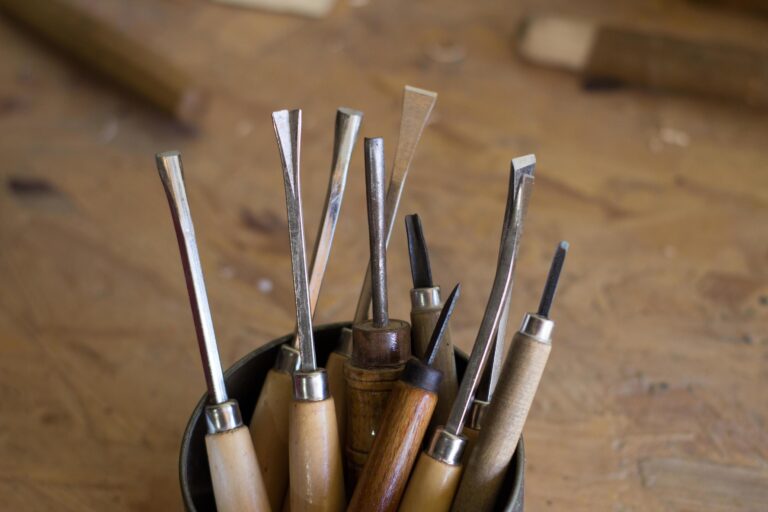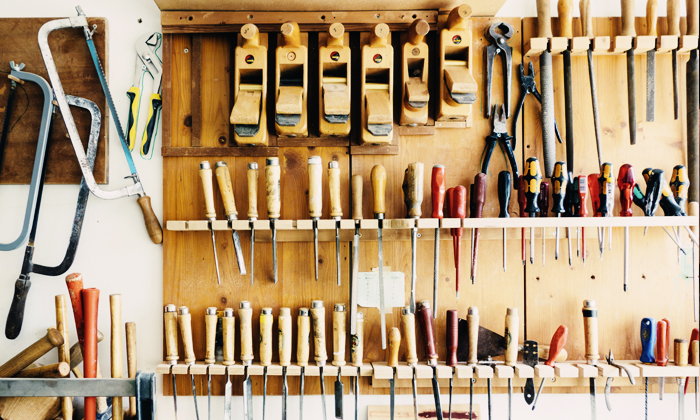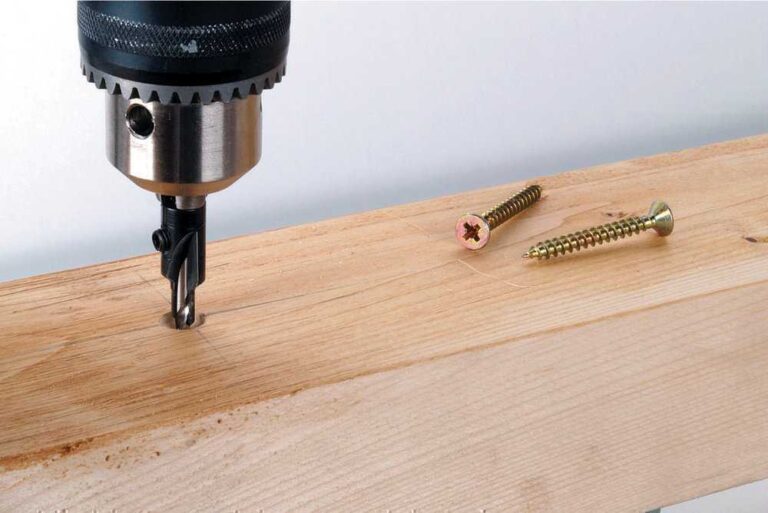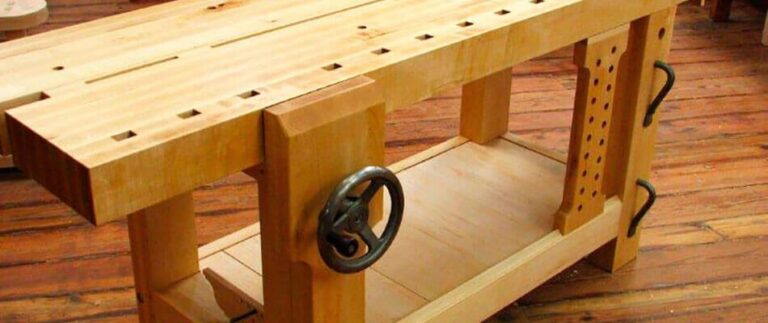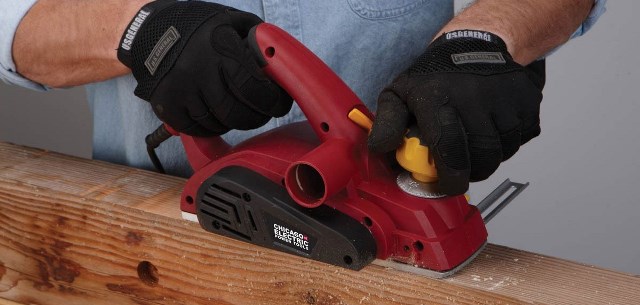Stationary Machines in Woodworking: Accelerating Production with Precision
Carpentry is an art that requires manual skill and precision in projects. However, with the advancement of technology, stationary machines emerged, which became great allies for carpenters. In this article, we will contextualize the importance of these machines in woodworking and show how they can speed up production and guarantee precision in projects.
Stationary machines revolutionized the production process in woodworking. Previously, tasks were performed manually, which required a lot of time and physical effort. With the arrival of stationary machines, carpenters were able to increase their productivity and optimize the time spent on each project.
Table of Contents
What are stationary machines in woodworking
Stationary machines are essential equipment for productivity and precision in woodworking. They are specialized machines, designed to perform specific tasks, such as cutting, drilling and molding, quickly and efficiently. Unlike manual tools, which require physical effort and manual skill, stationary machines offer greater ease of use and allow more complex work to be carried out.
There are several types of stationary machines commonly used in woodworking, such as the bench circular saw, the router, the trowel and the bench drill. Each of them has specific features that make the carpenter’s work easier. For example, the bench circular saw is ideal for making precise cuts in different materials, while the trowel is used to level and flatten the wood surface.
The advantages of using stationary machines instead of manual tools are numerous. In addition to speeding up production, these machines provide a greater level of precision in projects. This is because they are designed to work consistently, ensuring uniform cuts and finishes. Additionally, these machines are safer, reducing the risk of accidents and injuries. They are also more efficient, allowing the carpenter to carry out quality work in less time and with less physical effort.
In short, stationary machines are essential in woodworking, as they offer the opportunity to speed up production without compromising the quality of the work. Whether for large projects or simple tasks, these machines are a right investment for anyone looking to maximize efficiency and precision when working with wood. Using stationary machines is the key to taking carpentry to a new level of professionalism.
Production acceleration
Stationary machines in the woodshop are powerful allies when it comes to speeding up the production process. They are capable of carrying out complex tasks quickly and efficiently, without compromising the quality of the final work.
When comparing the time needed to perform a task with stationary machines and manual tools, the significant difference in speed that the machines provide is notable. While cutting, sanding and shaping parts manually can take hours or even days, using stationary machines these same tasks can be completed in a matter of minutes.
Let’s take as an example the task of cutting wooden boards to build a piece of furniture. Using a manual circular saw, the carpenter would have to mark and cut each board individually, which would require time and attention to ensure precision. With a stationary circular saw, you can cut several boards at once, quickly and precisely.
Another practical example of saving time when executing projects is the use of a stationary router to make grooves or frames in wooden pieces. While with a manual router it would be necessary to make several passes to obtain the desired result, with the stationary machine it is possible to make all measurements and cuts in a single operation, speeding up the process and ensuring uniformity of finishes.
Therefore, it is clear that stationary machines are essential for accelerating production in the woodshop. They allow tasks to be carried out more efficiently, reducing time spent and increasing productivity. Furthermore, they guarantee a high quality result, as they are designed to offer precision and precision in the work. With the proper use and correct maintenance of stationary machines, it is possible to optimize production, meet shorter deadlines and even exceed customer expectations.
Precision in work
In carpentry, precision is essential to guarantee quality and the perfect finish in projects. Every detail counts, from the perfect fit of the pieces to the exact measurements. Therefore, the use of stationary machines is essential, as they contribute significantly to achieving this precision.
Stationary machines have features and adjustments that allow greater control over the work performed. Unlike hand tools, which may depend on the woodworker’s skill or concentration, stationary machines offer consistent precision at every step of the process.
By using these machines, it is possible to obtain much more accurate results, even in complex tasks. For example, when cutting wood, a stationary circular saw allows you to make cuts with perfect angles and exact measurements, ensuring precise fits and avoiding rework.
Compared to manual tools, stationary machines also offer greater safety, as they reduce the risk of accidents when handling parts. Furthermore, the precision provided by the machines helps save time and money, avoiding material waste.
When we compare the results obtained with stationary machines and manual tools, the difference is easily noticeable. Finishes made with stationary machines are more precise, have perfect fits and guarantee the durability and stability of the pieces.
Therefore, for any carpenter, it is essential to invest in stationary machines, as they guarantee the precision necessary to execute high-quality projects. With the proper use of these machines, it is possible to achieve surprising results, both aesthetically and functionally.
In the next section, we will cover the main stationary machines used in woodworking, their specific applications and examples of projects in which each machine stands out.
Examples of stationary machines and their applications
In woodworking, there are several stationary machines that are widely used to speed up production and ensure precision in projects. Here are some examples of the most common machines and their specific applications:
miter saw
The miter saw is one of the most used tools in woodworking. It is ideal for cutting wooden pieces at precise angles, allowing the creation of perfect joints and precise fits. Miter saws are often used on projects that require moldings, baseboards, and other decorative moldings.
Tupia
The router is a versatile stationary machine that allows you to carry out a variety of woodworking jobs. It is used to finish the edges of wooden pieces, create precise fittings and even to make decorative carvings and reliefs. The router is an indispensable tool for those looking for precision and quality in their projects.
Belt sander
The belt sander is ideal for finishing wooden pieces. It has a sanding belt that allows you to reach large areas and provides a uniform finish. The belt sander is often used to remove irregularities, level surfaces and prepare wood to receive finishes such as paint or varnish.
Drill bench
The bench drill is a stationary machine that allows you to make precise holes in wooden pieces. It is especially useful for projects that involve assembling furniture and shelves, as it ensures aligned and uniform holes. Furthermore, the bench drill can be equipped with different types of drills, which makes it versatile for different applications.
These are just some of the most used stationary machines in woodworking. Each of them has a specific application and contributes to speeding up production and ensuring precision in projects. By investing in stationary machines, woodworkers can save time, avoid mistakes and achieve high-quality results in their work.
Final considerations
Throughout this article, we were able to see the importance of stationary machines in woodworking to speed up production and ensure precision in projects. These machines offer several advantages over manual tools, making the process more efficient and the final result more satisfactory.
Investing in stationary machines is essential for woodworkers who want to optimize productivity and deliver high-quality projects. Speeding up production means reducing the time spent on certain tasks, allowing more projects to be completed on time. Furthermore, precision in work is crucial to guarantee perfect fits, straight lines and impeccable finishes.
With stationary machines, you can save time and effort when making cuts, holes and grinding. Compared to using manual tools, the time required to perform the same task is significantly reduced. This improvement in production speed allows the carpenter to work on a greater volume of projects, in addition to providing more time to dedicate to other activities.
In addition to accelerating production, stationary machines also guarantee greater precision in work. Thanks to their structure and advanced technology, these machines provide more precise cuts and finishes, ensuring a high quality final result. Compared to the use of manual tools, which are subject to human errors and imperfections, the use of stationary machines brings more safety and reliability when executing projects.
It is important to highlight that, to obtain the best results, it is essential to choose the correct stationary machines for each type of task. There are several options available, such as a bench circular saw, router, bench drill, trowel, among others. Each of these machines has a specific application and brings its own benefits to woodworking.
For those who wish to delve into the world of stationary machines in woodworking, it is essential to seek more information and be up to date with market news and trends. Using these machines can really transform the way work is carried out, providing more productivity and quality to projects.
Therefore, be sure to invest in stationary machines and take advantage of all the benefits they can provide. Speed up production, ensure precision in projects and take your work as a carpenter to a new level.

